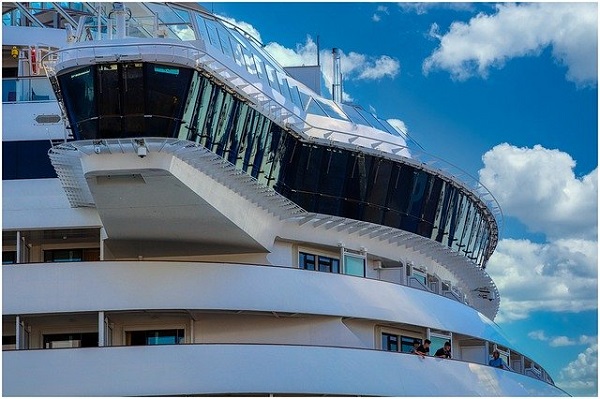Looking for growth? Looking for sustainability? Think about passenger ships: cruise ships, ferries and mega yachts
19.02.2020
The Germans spent 25 percent more travel days on a cruise ship than in the previous year until April 2019, according to the tourism index of the Federal Association of the German Tourism Industry. According to the German cruise association Clia, around two and a half million people took a cruise last year. Ten years ago, there were just one million German passengers. But demand is also increasing rapidly in other countries.
China, a country with 1.4 billion inhabitants, is rapidly acquiring its own middle class. Around 300 million people are counted in this class already. In addition to your own car and a well-equipped apartment, the interest in a cruise also grows out of this population group.The building of and completions per year and ship type seem relatively low: cruise ships (25-30), ferries (110-120), mega yachts (400-425) and offshore and research vessels (180-230), but in addition, there is the overhaul of almost 40,000 ships worldwide.All ship types have a demand for alternatively propelled vessels. The higher standards concerning environmental regulations, especially in harbours or in Emission Control Areas (ECAs) e.g. in the North Sea mean that LNG is already standard for some cruise shipyards and e.g. hybrid ships will become more relevant for river cruise ships. This is relevant for new build and refurbishment projects. The use of fuel cells for on-board power supply, and in the long term for propulsion as well, seems conceivable. The first prototypes are near completion.For providers of high-quality components and innovative solutions, new windows open up for market development. The operators of private yachts, ferries and cruise liners are interested in environmentally friendly concepts for propulsion and energy supply for various reasons.The demands on the quality of the cabins and the appearance of the ships continue to increase. Even the formerly rather simple ferries are becoming more and more luxurious. This also increases the demands on all suppliers regarding product quality, design and project management.The increasing quality standards by ship owners leads overall to more complex requirements (e.g. ferry standard closer to cruise ship) and higher requirements to project management and engineering (e.g. steering of workers, more complex/ larger projects) as well as rising demand for new/ high quality materials. Shorter shipbuilding, refit and repair times due to the demand for lower downtimes of both shipyards and ships, leads to an increasing demand for modular solutions and needs smarter and faster logistic processes.A long-term challenge are the emerging low-cost ship building locations in Far East (e.g. China and rising competition from cruise shipyards and service providers in low-cost countries).With the appropriate business model, these challenging markets offers extensive business opportunities.© Schlegel und Partner 2020